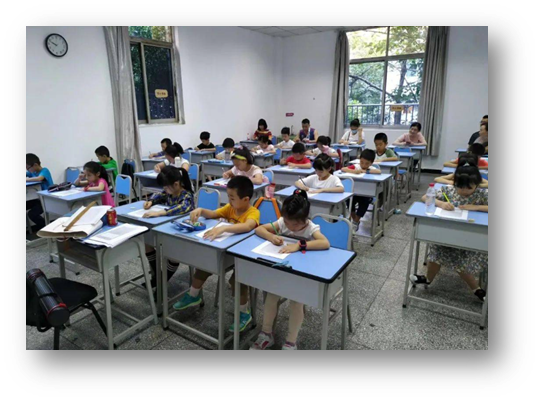How can I increase my interest in learn basic Chinese? Let’s talk together next!
To learn, one must be interested in the knowledge they have learned. Having an interest in learning is the foundation of learning well. Learning Chinese is even more so, as long as you have an interest in learning, you will only discover the joy in it. Discovering the joy in learning is helpful for persistent learning.

Therefore, teachers should fully mobilize students’ initiative and enthusiasm in learning. Enable students to have a strong interest in learning, stimulate a strong desire for knowledge and motivation, and voluntarily engage in learning, truly transforming “I want to learn” into “I want to learn”.
Learning Chinese should achieve a combination of four aspects and two aspects. The four aspects are: listening, speaking, reading, and writing. The two combinations are: “combination of reading and writing” and “combination of listening and speaking”.
Reading is the most basic and essential means of learning any language and culture. Reading is an effective way to improve reading comprehension ability. It is not only about reciting the learned content, but also about thinking and memorizing. In other words, reading should be a process of using one’s mouth and mind.
Improving the learn basic Chinese is a process of accumulating Chinese knowledge, while also cultivating a sense of Chinese language. Therefore, in class, it is important to follow the reading methods given by the teacher, not only to pronounce accurately, but also to pay attention to the tone of the reading, so as to read correctly, fluently, and emotionally. Develop a good habit of reading carefully.
Writing refers to mastering the writing rules of Chinese characters based on reading, and writing them neatly and standardized. Not only can I transcribe, but I also need to be able to perform some dictation and dictation.
And gradually achieve the goal of being able to use flexibly by writing to help with memorization. In the classroom, students should pay attention to observing the writing rules guided by the teacher and carefully imitate them. After class, they should also practice more to cultivate the good habit of using their mouth frequently and using their hands frequently when reading and writing.
Being able to speak is based on being able to listen. As long as you speak well, you will naturally understand. Language learning is ubiquitous. In class, students are required to concentrate, pay attention to listening to every sentence of the teacher, and more importantly, listen carefully to every question raised by the teacher, actively answer, and engage in necessary conversation exercises to “move” their brains and “speak” their mouths.

Develop the habit of communicating in Chinese, whether in class or outside of class, with teachers or classmates, to place oneself in a good Chinese language learning environment. By persevering in this way, one’s listening and speaking abilities will continue to improve.
Knowledge is like the ocean. Learning Chinese is a long process of accumulation, not something that happens overnight, let alone overnight. It must be accumulated bit by bit. Drips of water converge into a large river, and rubble piles up into islands.
In the daily learning process, in addition to listening attentively in class, it is also necessary to complete relevant homework, practice and review necessary, so as to gradually digest and understand, and become one’s own. To be serious, meticulous, and persistent for a long time. With the accumulated achievements over time, the results will come naturally.
Learning and mastering Chinese is an inevitable trend of economic globalization and an unstoppable trend. Improve the ability to learn basic Chinese. Chinese is the most beautiful language in the world and the most precious treasure left to us by our ancestors. Chinese characters are the pride of the Chinese nation.







